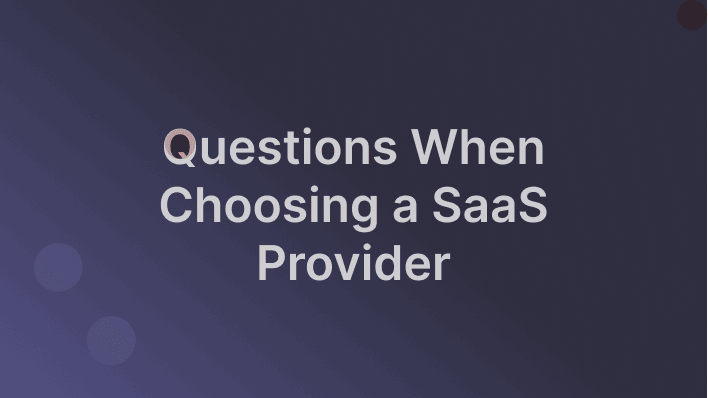Preventing The Twitter Blue Chaos with Feature Flags
Despite their best efforts, many individuals have been unsuccessful in their business pursuits. For Elon Musk, one of the world's richest men, the story is a little different. He succeeded in one of his earliest business ventures (Zip2) and has since replicated his success across PayPal, Tesla, and SpaceX.
While not everyone agrees with his decisions, he has set himself apart by being a visionary leader. He stubbornly holds on to his dreams until they are fulfilled. He is also known for hiring the most qualified hands to get things done. Musk doesn't hold back from trying out new ideas, and he swiftly implements changes he believes are best for his businesses.














